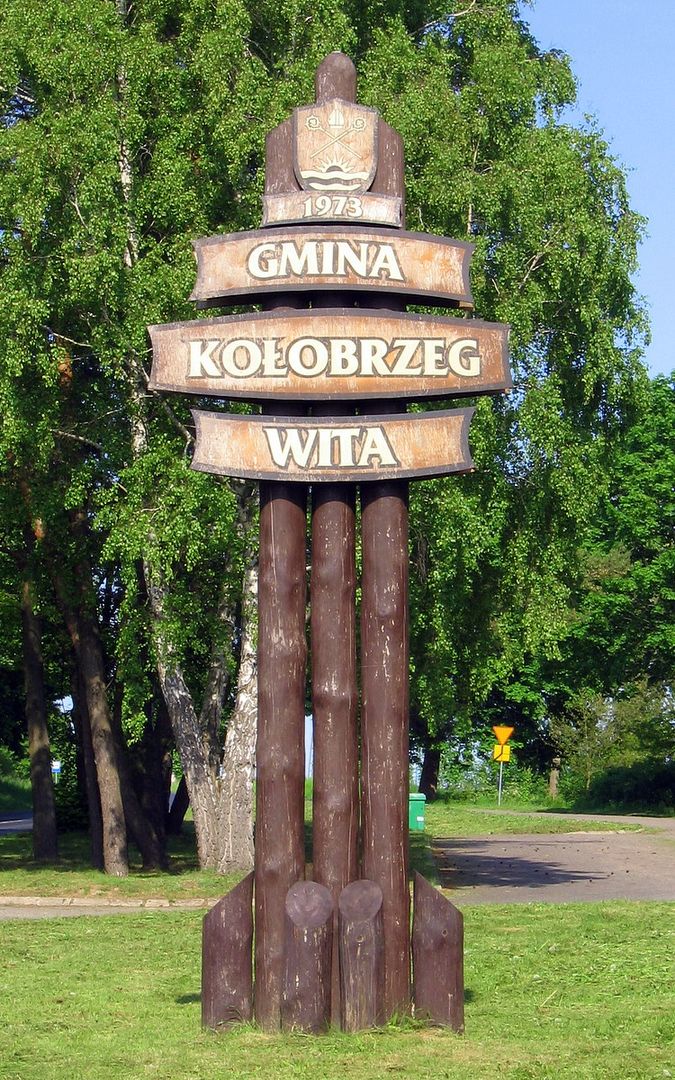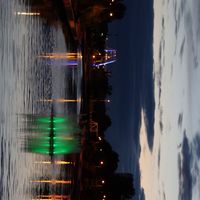Kolobrzeg
7.41

Overview
The Kołobrzeg Commune, located in northwestern Poland in the West Pomeranian Voivodeship, is a rural municipality with a population of approximately 10,708 (2016 data). Its administrative seat is the town of Kołobrzeg, which is a separate urban municipality. The commune was established in 1972 and was previously part of the Koszalin Voivodeship. It covers an area of 144.03 km², which constitutes 19.9% of the Kołobrzeg County. The commune borders several other municipalities, including Dygowo and Gościno, as well as Gryfice County. It comprises 22 villages, including popular tourist destinations such as Dźwirzyno and Grzybowo, whose populations increase significantly during the summer season. The commune's natural landscape is diverse, characterized by forests covering 11% of the area and agricultural land accounting for 69%. It lies along the Baltic Sea and boasts beautiful recreational areas, including the Parsęta River and Lake Resko Przymorskie. Major tourist attractions include cycling trails, such as the "Eagle Nests Trail," which connects numerous localities, and a path along the route of a former narrow-gauge railway. The commune has a well-developed road infrastructure, connecting it to Kołobrzeg and other towns. Many of its villages are served by urban public transport, and the area also has a dense network of railway connections with active stations. Education in the commune includes several primary schools and preschool facilities. The municipality provides high-quality education for children, and cultural institutions such as the Public Library support the cultural life of residents. Sports also play an important role, with several local sports clubs and community sports activities. In terms of religion, the commune includes Roman Catholic parishes and is served by a police outpost and volunteer fire departments to ensure safety. The Kołobrzeg Commune also engages in international cooperation with the Ferdinandshof municipality in Germany, contributing to cultural and educational exchanges. In 2016, the commune achieved financial stability, as confirmed by positive budget results. An interesting historical note is the narrow-gauge railway that operated in the area until the 1960s, which played a significant role in local transport.
Location
You can also find here:
2025 Wizytor | All Rights Reserved


